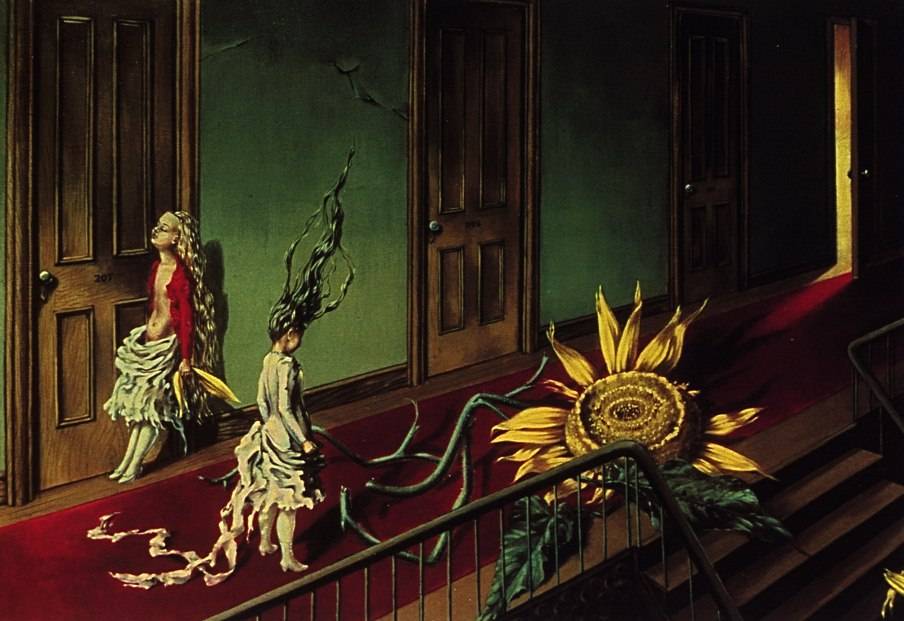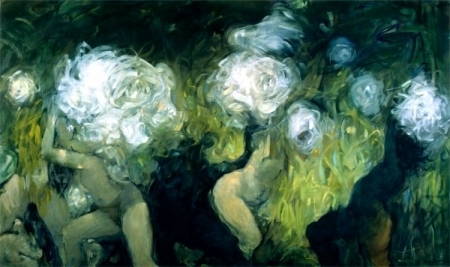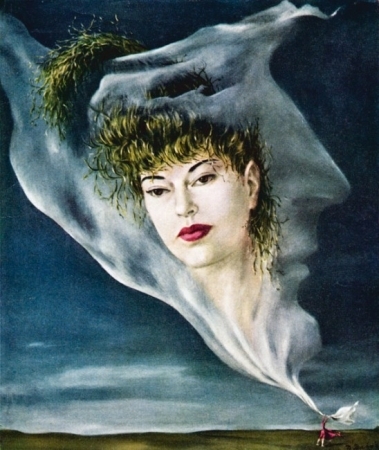This blog documents my beginning photography class projects of Fall 2011... and beyond.
Saturday, November 17, 2012
Project 4- This Is Just to Say...
For project four, we are to create our own poem parody to William Carlos Williams poem, "This is Just to Say".
This Is Just to Say...
I have ended
My life
That was so
Painful
And which
You were always
Trying
To save
Forgive me
It's not your fault
Release me
You are free
This Is Just to Say...
I have ended
My life
That was so
Painful
And which
You were always
Trying
To save
Forgive me
It's not your fault
Release me
You are free
Friday, November 2, 2012
Art History Lecture with Professor Melissa Hyde
Women Artists of the 1700's
In the 1700's, women were not considered artists. This title was only given to men. The women who did dabble in the arts were considered paintresses which meant they were crafters, a term that was demeaning to women who were actually as good or better than many of the men artists. When a woman's work was compared to a male artist's work, it was always considered inferior. Many women used pastels instead of oil paints that men used, which also made their work seem inferior to the more permanent oil paintings. Pastels were considered a feminine material and were even made out of many of the same substances used for their cosmetics.If a woman married, which of course was considered proper, her art hobby many times disappeared as her duties as a wife and mother were more important. Not only were they supposed to start a family to carry on the family name, but their husbands also controlled the finances. A wife's behavior reflected upon the husband, so it was his duty to control his wife. This caused many women with art careers to wait until later in life to marry. Louise Elisabeth Vigee Le Brun of France married Jean-Baptiste-Pierre Le Brun out of convenience. He was both an artist and art dealer with connections to sell her paintings. Adelaide Labille-Guiard was married after the age of twenty, but became legally separated a few years later, after the French Revolution allowed for separations of married couples. Labille-Guiard did not marry again until after the age of fifty when she married a fellow artist. She then was considered a student of her husband even though she had been painting all her life.
I found this lecture informative and interesting. While I realized that women of earlier times had difficulties establishing themselves as anything more than a wife and mother, I had not thought of what that would mean in terms of the hardships and degradation they encountered if they dared practiced art. Today we know women and men are equal but double standards and inequalities still exist. The women of past generations who continued to practice art even in times of adversity paved the way for women artists today.
Thursday, November 1, 2012
Terry Evans
I found the work of Terry Evans through an article in The Huffington Post online. Her work resonates with me, as I love nature photography. Some of my favorites are below. To see more of her work, go to www.terryevansphotography.com








Project 3- Painting Emulation
For this project I plan to emulate the paintings of Dorothea Tanning, a surrealist painter with a very large body of work to choose from. Here are the works I plan to use:
 Ein klein nachtmusik
Ein klein nachtmusik
1946; "A little night music"

Voltage, 1942

Portrait de famille (Family Portrait), 1954

On Avalon, 1987
 Ein klein nachtmusik
Ein klein nachtmusik
1946; "A little night music"

Voltage, 1942

Portrait de famille (Family Portrait), 1954

On Avalon, 1987
 |
Dimanche après-midi (Sunday Afternoon), 1953 |
 |
| Portrait of Muriel Levy, 1944 |
Subscribe to:
Posts (Atom)










